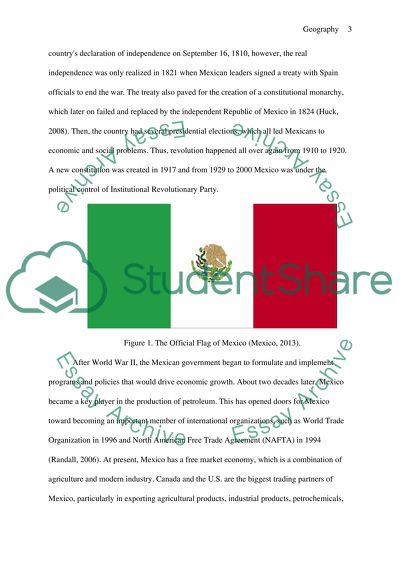Cite this document
(“Mexico Term Paper Example | Topics and Well Written Essays - 3750 words”, n.d.)
Retrieved from https://studentshare.org/geography/1617211-mexico
Retrieved from https://studentshare.org/geography/1617211-mexico
(Mexico Term Paper Example | Topics and Well Written Essays - 3750 Words)
https://studentshare.org/geography/1617211-mexico.
https://studentshare.org/geography/1617211-mexico.
“Mexico Term Paper Example | Topics and Well Written Essays - 3750 Words”, n.d. https://studentshare.org/geography/1617211-mexico.


